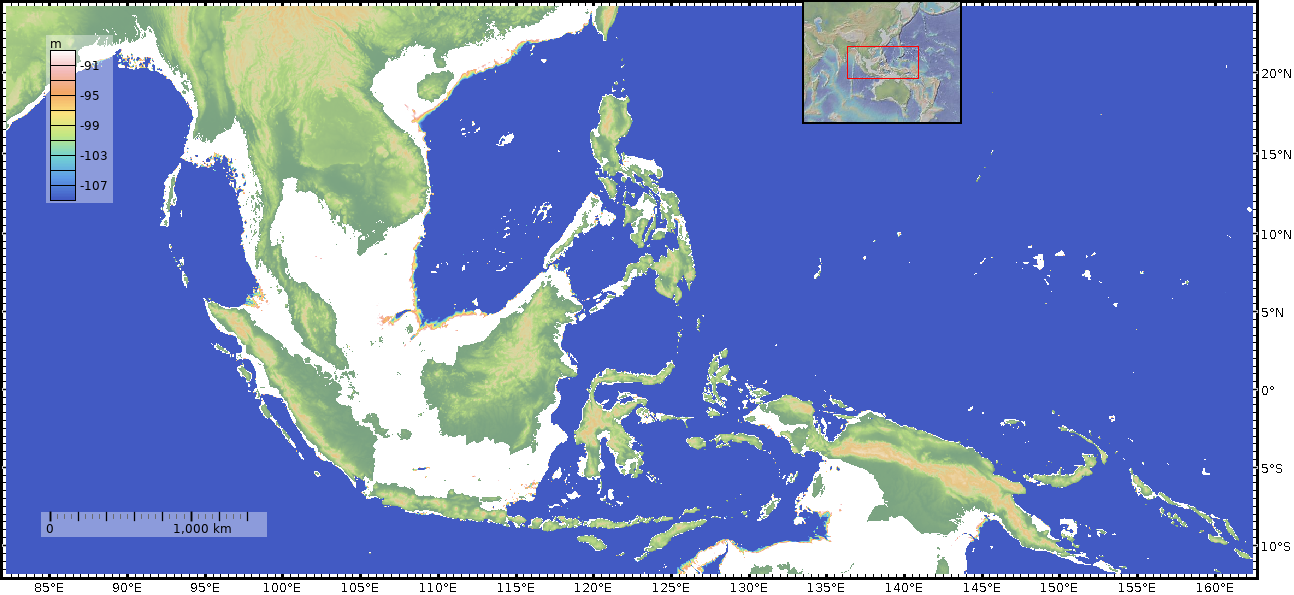Another interesting paper caught my attention.
Yet another provocative paper emerges onto Arxiv from Harvard's Lingam and Loeb.
Today they estimate the volume of space occupied by habitable zones (regions where liquid water is stable) in brown dwarf not-quite stars. They find that it could be orders of magnitude greater than the volume in the atmospheres of Earth-size planets.
Brown dwarfs are masses of gas which are too small to sustain nuclear fusion (so, they're not stars), but can have a brief period of fusion of deuterium or lithium shortly after formation (so they're not planets ; the boundary size is under debate). After this burst of energy, they slowly cool, for billions of years. This leads to a large volume of the star's outer body — or atmosphere — with potentially attractive temperature and pressure. If the brown dwarf is orbiting with a larger star, there may be enough light to allow photosynthesis. Supply of chemicals is uncertain, but not impossible.
While this paper is speculative, the prospects for detecting such life by spectroscopy are plausible with observational instruments being designed at the moment.
Previous work on abiogenesis and the origin(s) of life has speculated that life could persist in the atmospheres of Venus and Jupiter, using comparable pressure-temperature arguments. In this respect, the proposal is more conventional.
I don't know what they're putting in the water at Harvard, but Abraham Loeb is producing a lot of interesting stuff over the last year or so.
If Slashdot take up the submission, I'm expecting the nerd-claimants there to raise questions about the availability of chemical elements. I don't see that much of a problem, since the relatively gentle convection on Jupiter (driven by the heat release of helium settling down though the hydrogen) is enough to put interesting amounts of hydrocarbons, ammonia, sulphur compounds up to almost the tops of the clouds, producing the visible colour bands and belts of the planet. If anything, the convection on a brown dwarf would be stronger, bringing heavier elements to higher in the body's structure. (Like Jupiter, unlike Venus, it probably doesn't have a fluid-to solid "surface".)
There remains a "dilution problem", but life managed to get around that on Earth, so I don't see that as a killer argument.
Quite similar arguments about internal temperatures were being knocked around when Brown and Batygin produced their "planet nine" proposal in early 2016, and people were trying to work out if it would be detectable in infra-red detectors. That Brown is now (2019) getting surveying time on the Subaru telescope says what the rest of the astronomical community thought about that.
Planet Nine (BB2016 ; there are others in the literature) is estimated to be around 10 Earth-masses (about 1/32 Jupiter-masses) so will have cooled a lot faster than a Jupiter-mass planet, let alone a 30 Jupiter-mass (mid--range) brown dwarf. So that proposed planet isn't a credible life habitat. Well, it's less credible than Europa.







